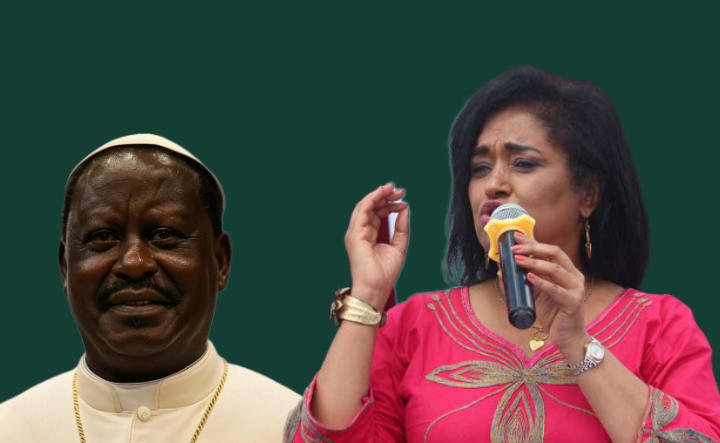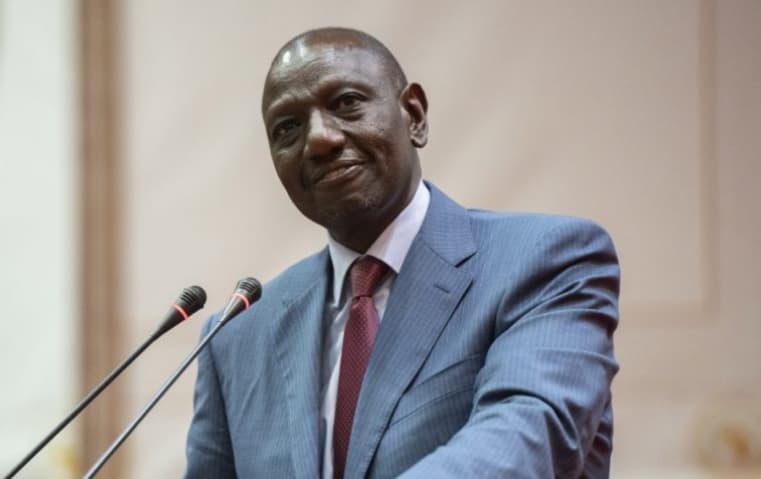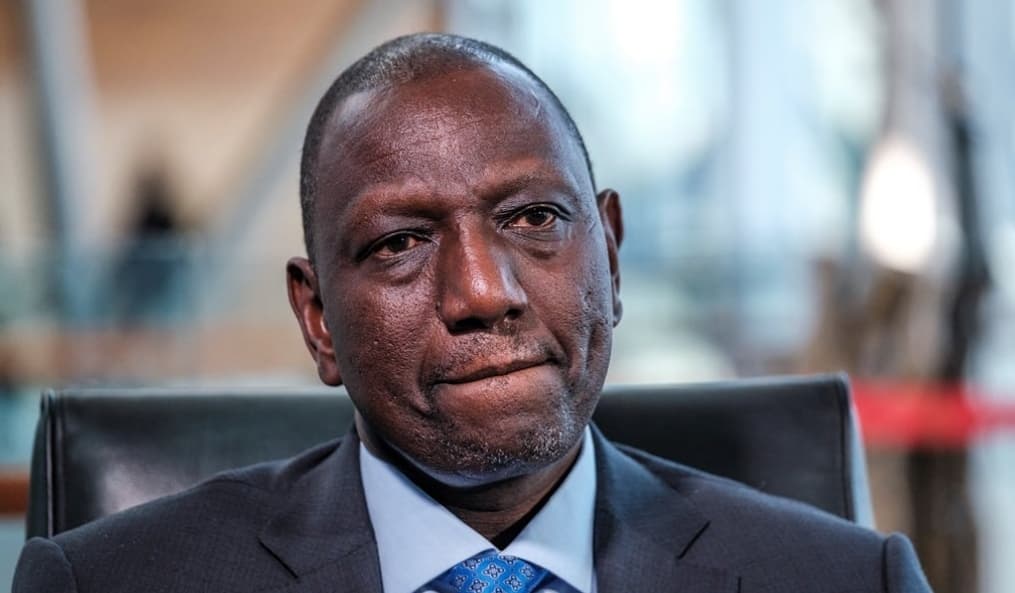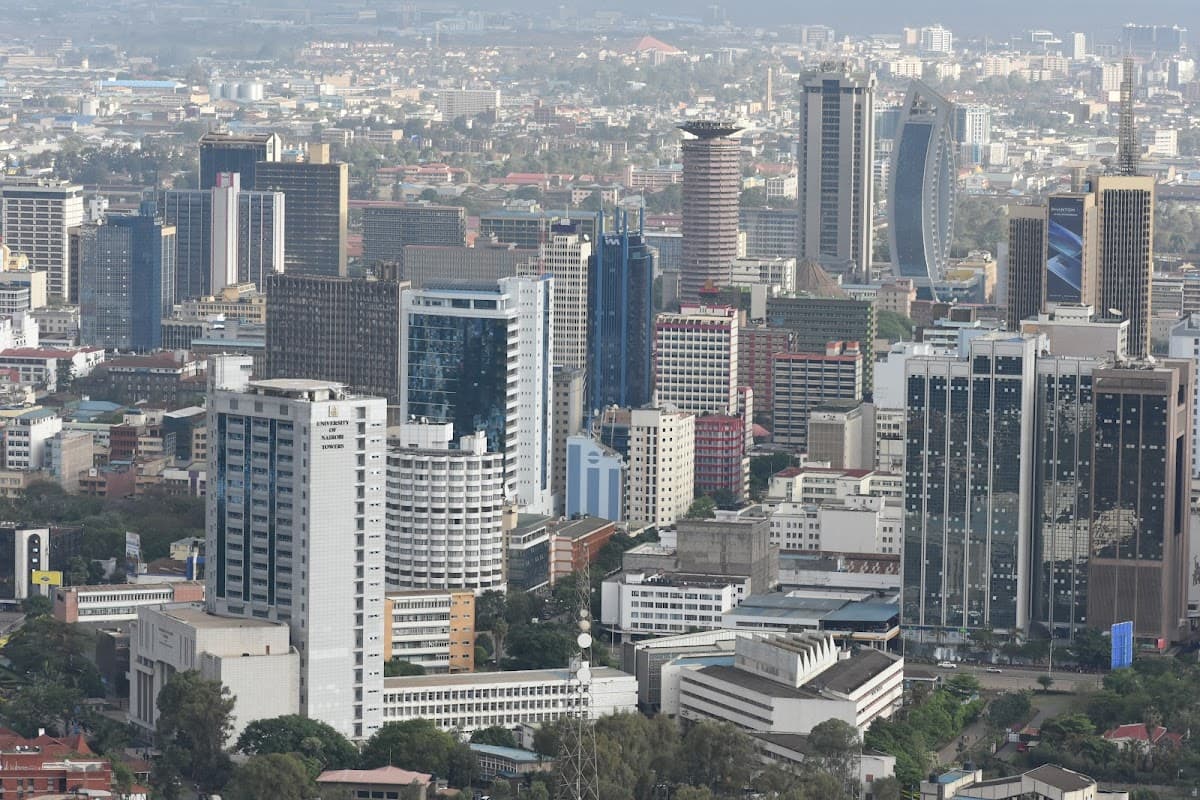Nairobi Woman Representative Esther Passaris has admonished social media users for sharing 'images depicting Raila Odinga dressed in Pope’s clothes.
Speaking in Parliament on Tuesday, April 22, Passaris said the images are disrespectful to the late Pope, Catholics, and to Raila himself.
“I have seen a lot of people on social media painting a picture that shows they don't have respect for a man who lived with God and ruled over 2 billion people as a spiritual leader by putting Raila Odinga in Pope's clothes. I think that is so disrespectful,” she said.
In her plea to the younger generation, Passaris called on Gen-Z to stand for respect and values, especially at a time when the Pope is yet to be buried.
“I want to tell our Gen-Zs out there, those who stand for certain values, do not allow those values to be undermined by those who have no respect. You should have respect for Raila Odinga, the 2 billion Catholics, and the Pope, who has not even been laid to rest,” she added.
Pope Francis, the first Latin American pontiff, passed away on Easter Monday at the age of 88 after a long battle with illness.
His death marks the end of a transformative and often tumultuous papacy defined by a deep commitment to the poor, calls for peace and efforts to modernise the Roman Catholic Church.
Cardinal Kevin Farrell, the Camerlengo of the Apostolic Chamber, announced the pontiff’s passing at 9:45 a.m. from Casa Santa Marta.
"Dearest brothers and sisters, with deep sorrow, I must announce the death of our Holy Father Francis. At 7:35 this morning, the Bishop of Rome, Francis, returned to the house of the Father," Cardinal Farrell said in a televised statement.
“His entire life was dedicated to the service of the Lord and of His Church. He taught us to live the values of the Gospel with fidelity, courage, and universal love, especially in favour of the poorest and most marginalised. With immense gratitude for his example as a true disciple of the Lord Jesus, we commend the soul of Pope Francis to the infinite merciful love of the One and Triune God."
Pope Francis had made a final public appearance just a day earlier during Easter celebrations in St. Peter’s Square, where, despite his frail health, he offered blessings from the balcony of St. Peter’s Basilica. His Easter message, delivered by Archbishop Diego Ravelli, renewed his call for global peace and urged compassion for migrants and people from diverse backgrounds.
Here is what happens next in the Roman Catholic Church following the death of Pope Francis:
The pope's camerlengo (chamberlain), Cardinal Kevin Farrell, officially confirms the death. He then seals the pope's private apartment and prepares the funeral.
The camerlengo and three assistants decide when the pope's coffin will be taken into St. Peter's Basilica for public viewing. They also make sure the pope's "Fisherman's Ring" and his lead seal are broken so they cannot be used by anyone else. No autopsy is performed.
Mourning rites last nine days, with the date of the funeral and burial to be decided by the cardinals. The funeral would normally be held four to six days after the death, in St. Peter's Square.
Francis had said that, unlike many predecessors, he would not be laid to rest in the crypt of St. Peter's Basilica, but in Rome's St. Mary Major Basilica. He also asked to be buried in a simple wooden casket.
The College of Cardinals oversees day-to-day business during the interregnum. They have limited power, and much of the central Church administration grinds to a halt.
The conclave to elect a new pope starts in the Vatican's Sistine Chapel between 15 and 20 days after the death. The cardinals, who are confined to the Vatican for the duration of the conclave, decide the exact day.
All cardinals under the age of 80 can take part in the secret ballot. They need a majority of at least two-thirds plus one to elect the new pope, so the voting can take several rounds spread over numerous days. When the election is concluded, the new pope is asked if he accepts and what name he wishes to take.
The world learns a pope has been elected when an official burns the paper ballots with special chemicals to make white smoke pour from the chapel's chimney. They use other chemicals to make black smoke, indicating an inconclusive vote.
The dean of the College of Cardinals steps onto the central balcony of St. Peter's Basilica to announce "Habemus Papam" (We have a pope). The new pope then appears and gives the crowd in the square his blessing.







